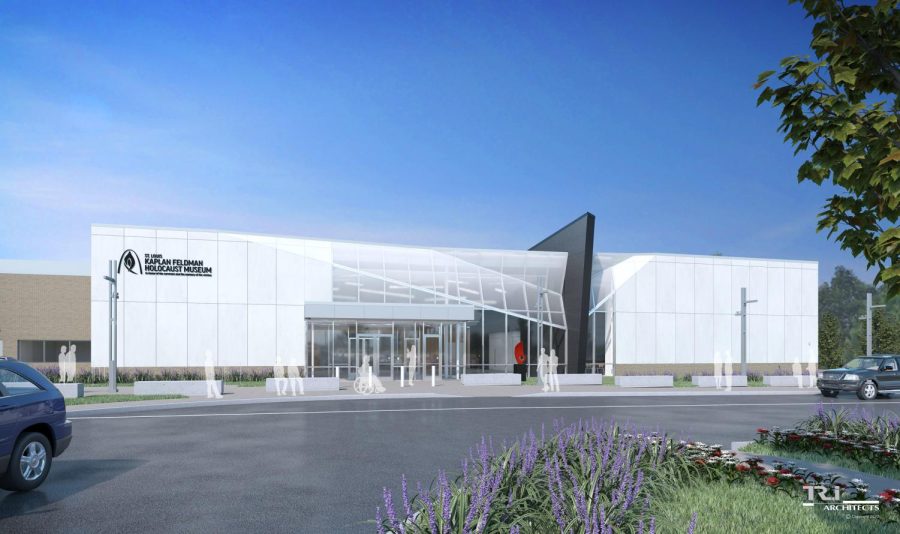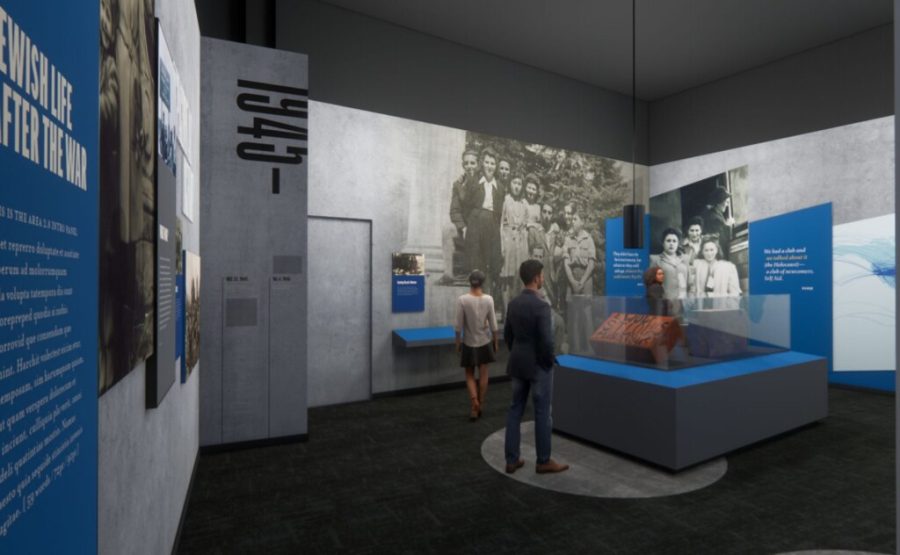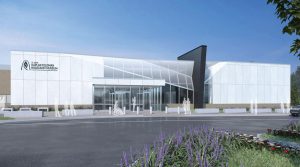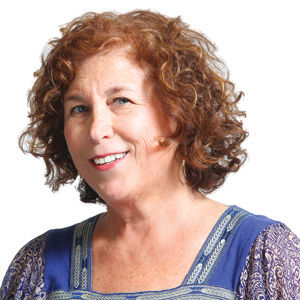St. Louis Holocaust Museum announces reopening date
Published June 20, 2022
The St. Louis Kaplan Feldman Holocaust Museum will reopen on Nov. 2.
The new 36,000 square foot structure will be four times larger than the previous facility, which was located on the lower level of the Jewish Federation of St. Louis building. It has been closed for two years during construction.
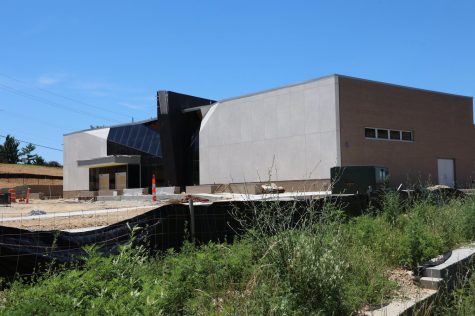
When the museum reopens, it will have additional resources to continue its mission: to use the lessons of the Holocaust to reject hatred, promote understanding and inspire change.
Helen Turner, the museum’s director of education, said the lessons of the Holocaust are more important than ever in the world today.
“We’re seeing a rise in antisemitism, not only in this country, but around the world. How do we respond?” she said. “Holocaust museums are really here to help people learn the history and come up with ways to respond and create a brave space to practice that response so that they’re ready when they encounter antisemitism or any other form of injustice in the world.”
The expanded museum, which will have its own dedicated entrance, will include a new permanent Holocaust exhibition, classrooms, a performance auditorium, archives and a special exhibit space. It will also include a new Impact Lab, which will challenge students — and all visitors — to reject hatred, promote understanding and inspire change.
In the interactive Impact Lab, visitors will have an opportunity to learn more about current issues like genocide or hate crimes viewed through the lens of the Holocaust.
Some elements in limbo
The capital campaign for the museum renovation and expansion surpassed its $21 million fundraising goal, and the excess will be used to increase its endowment, explained Amy Lutz, communications and social media manager at the museum.
However, the museum is still without an executive director, and the search for one is likely not to begin for another month or two. In July, the board of Jewish Federation will review the findings and recommendations of a task force to decide whether the museum should be its own entity or remain a division of Federation. Members of the task force include experts in museum management, business and nonprofit development, law, financial planning and accounting, and have been working for more than seven months weighing the pros and cons of the issue.
“The (Federation) board is going to be submitted a case — here are the pros, the cons, the ups, the downs — and that should come in July,” said Jewish Federation Board President Greg Yawitz. “We will not vote the day it is presented, even if we do prep work because it is a very big decision. The task force report is north of 150 pages, so there is a lot to review. We are going to dig in and do the work and ask the questions, and we will decide because there are arguments in both directions that must be considered.”
“This isn’t about the Federation or the museum. It’s about looking at the data in the industry with the experts and saying, ‘What is the right thing to do here?’” Yawitz continued. “Basically, with the task force, we put together a think tank, not museum people vs. Federation people. Everyone is here for the best outcome, that’s what’s important. We only have one shot to get this right.”
Yawitz added that it’s more logical to hire an executive director for the museum after a decision is made about its future management.
“It’s two completely different jobs. Are you the executive director of your own entity or are you the executive director of a museum that is a division of Federation?” said Yawitz, noting that Gallagher Museum Services, which manages and runs museums as a third party, is currently overseeing operations at the Kaplan Feldman Holocaust Museum.
“I’m more about getting it right than getting it done quickly,” Yawitz said. “Once the (Federation) board issues the vote, it’s a lot easier to post the job, because then we know the reporting structure, the organizational structure, this is what the job looks like. It just makes more sense.”
One thing for sure right now is the need for more volunteers. Lutz said the museum recently hired Haley Stodart as manager of volunteers, and she will launch “full-scale” volunteer recruitment by the end of the month. This includes a series of open houses at the museum for volunteers later in the summer.
Lutz said that while the museum previously had about 75 docents leading tours, the revamped museum will require between 150 and 200 docents. She said she expects school field trips to the museum to resume with gusto after the December holidays.
A world-class attraction
Museum leaders expect the $21 million expansion will also make St. Louis a major center for Holocaust learning, along with the most prominent locations in Skokie, Houston, Dallas and Washington, D.C.
“This St. Louis Kaplan Feldman Holocaust Museum will be an important destination and resource for the entire region,” said Carol Staenberg, capital campaign chair. “We know that the lessons visitors learn from their experience cannot be contained inside the museum walls — this special place will give all of us the education and tools needed to join with others working to counter hate, fight bigotry and shape a better world. None of this would be possible without the generous support we’ve received from the St. Louis community.”
Architecturally, the expanded museum will be a striking presence, Turner said. That includes a specific design choice involving the use of color.
“We have a section which is very unique to our museum, which is going to be about choices,” she said. “We’ll be looking at the choices that people made and to illustrate the difficulty in the complexity of choices, that whole museum section will be gray.
“That gray zone is a really unique architectural choice, and to get people to understand that the Holocaust didn’t happen in a vacuum. It happened with real human beings making choices much as we all make choices, and we explore the complexities of those as human beings.”



